Digitization is a priority worldwide right now; reports suggest that companies have invested 6.8 trillion dollars (Source: IDC) globally (as of December 2020). But investing trillions of dollars without proper measurement can be counterproductive. You must define and measure the right KPIs to ensure you’re on the right track in your digital transformation journey.
This article covers the insights from Malay Shah, former Chief Growth Officer at LeadSquared, where he discusses the important digital transformation KPIs, bundled into:
You can watch the webinar or read the takeaways below.
Digital Transformation KPIs
1. Customer Experience
Today, customer experience has become an essential brand differentiator and will probably surpass price and product soon. People expect a consistent experience from brands – no matter in-person or digital.
There are 624.0 million internet users in India as of January 2021. The number of internet users is consistently rising, as it has gone up by 8.8% compared to 2020. The day is not far when digital will take over most of the offline day-to-day activities.
It also indicates that brands must focus on delivering superior digital customer experiences, which starts with understanding how customers interact with your brand digitally.
Defining the customer journey
A typical customer journey starts when prospects come to know about your brand and continue till they become a customer and an advocate for your brand. However, there are four distinct characteristics of a B2C customer journey:
- It is omnichannel. Any channel or any platform may excite a customer to make a purchase. It could be a website, social media, or a call center. But the important point to note is – the lifecycle is also omnichannel in nature. For example, the conversation initiated on a call center may get closed on a website.
- Brands focus on high-volume sales. They measure month-on-month growth instead of year-on-year growth.
- B2C is a high-velocity environment. The deal is almost gone if you’re not able to engage the customer in a short time. For example, consider travel insurance. If you’re not able to connect and engage with the prospect within 24 hours, they would have probably flown abroad or traveled to their destination, and that opportunity is no longer with you.
- You need to get an integrated view of the customer – what the customer is doing across all these channels. Otherwise, you’ll get only half the picture, and you will not be able to align your sales, marketing, order management, supply chain processes with the customer.
Note that at any stage of the journey, your customers may want to interact with you through multiple channels or devices – making responsiveness vital to improving customer experiences. Ensure that you cover all possible touchpoints to increase engagement across channels. On the other hand, make sure you/your team responds to queries from every channel on time.
Here’s an illustrative B2C customer journey with definitive steps and KPIs to measure at each step.
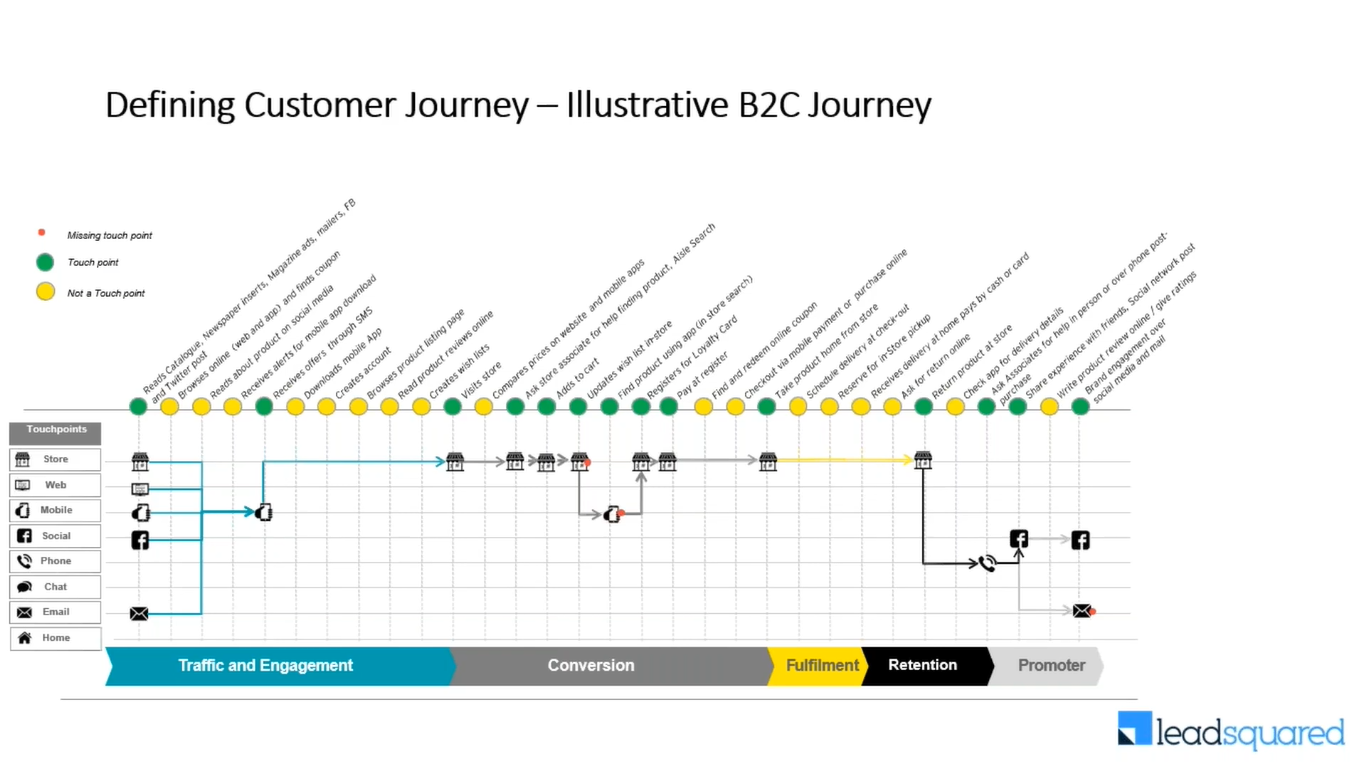
Most of the customers today are informed customers. That is, even before they stepped into your retail store, or clinic, or institution, they must have checked your website, read reviews, and more. Below are some of the leading indicators of your digital presence.
Digital traffic metrics:
1. Search engine metrics (Moz rank, average website rank, backlinks, traffic from Google search, etc.)
2. Website metrics, such as impressions, visits, downloads, subscribers
3. Lead volume, lead by channel
When you measure these metrics, try to figure out if you’re able to move the needle on a month-on-month basis, and in some cases, a week-on-week basis.
Also, there will be several other brands offering similar products and targeting the same set of audiences. Therefore, building your digital presence becomes even more crucial.
Once you’ve built the traffic, the next thing you should do is measure the quality of traffic. That is, measure the quality of engagement you get from your consumers on those digital assets.
Customer engagement metrics:
1. Average time spent on your website/mobile app
2. App downloads, retention rate, repeat visitors on the website
3. Email sign-ups, cold/warm/hot traffic, number of new followers
4. Lead score, customer engagement index, community activity
5. Feedback, comments/likes/shares on your social media assets
Engaged customers are more likely to convert. But if you see, most of the cart abandonment happens at the point of sale. So you must track all the stages of the sales funnel and identify conversion rates at each step. Following are some of the metrics to measure conversions.
Conversion metrics:
1. CTR at various stages of the sales funnel
2. Appointments, meetings, demos
3. Subscription sign-ups
4. Cost per click, cost per lead, cost per acquisition, ROMI (Return on marketing investment)
If you don’t look at the revenues you drive from your digital channels, it will become just a “me too” exercise. Note that digital does not have to give you just an additional revenue stream. But it has to build an economy that’s differentiated. That’s why your cost per click, cost per lead, and customer acquisition cost on digital channels have to be less than the traditional ones. That is, you should be able to realize a much higher return on marketing investment through digital.
Once you’ve won the customer, retention becomes the next most important factor in your digital customer journey. It is one thing to acquire a customer, but retention is important as it signifies the value they get from your offering.
Customer retention metrics:
1. Bounce rate, churn, uninstalls, unsubscribes
2. ARR, MRR, Logo churn, revenue churn
Next, when your happy customers become your advocates and are willing to spread a good word about your brand, you know your product, sales, and marketing strategies are effective. In this case, you can track the following metrics.
Promoters metrics:
1. Net promoter score/NSAT or customer satisfaction rating
2. Cross-sell/upsell percentage, LTV
3. ARPA (Average Revenue Per Account)
The above metrics will help you understand if your business is moving in the right direction – from the customer experience standpoint.
Next, we move on to the digital operations metrics to determine if you’re on track for sustainable economics.
2. Digitizing Operations
Your operations include various departments, such as sales, marketing, customer service, and more. Harvard Business Review reports that only 23% of companies don’t depend on digital operations. Digital operations do not mean replacing employees with digital tools. Instead, it refers to digitizing manual tasks to increase employee productivity. Implementing digital tools should ideally reduce manual labor and increase revenue. You need to measure whether you can now do more work with the same number of employees as before.
Below are some of the metrics that you should track to measure your sales effectiveness.
Sales operations KPIs:
1. Revenue per sales FTE
2. Cost per demo/visit/call
3. Customer acquisition cost (CAC), LTV to CAC ratio, Bessemer ratio
4. Average time spent on lead activity
5. Sales support (sales development, pre-sales)
6. AR aging
Metrics like revenue per sales rep, cost per demo, etc. will depend on a number of factors. For instance, type of sales (field or inside sales), marketing channels, etc. But there are standard methods of calculating CAC, Bessemer ratio, as described below.
You can find CAC by dividing all costs associated with acquiring new customers by the number of new customers acquired during the period in question.
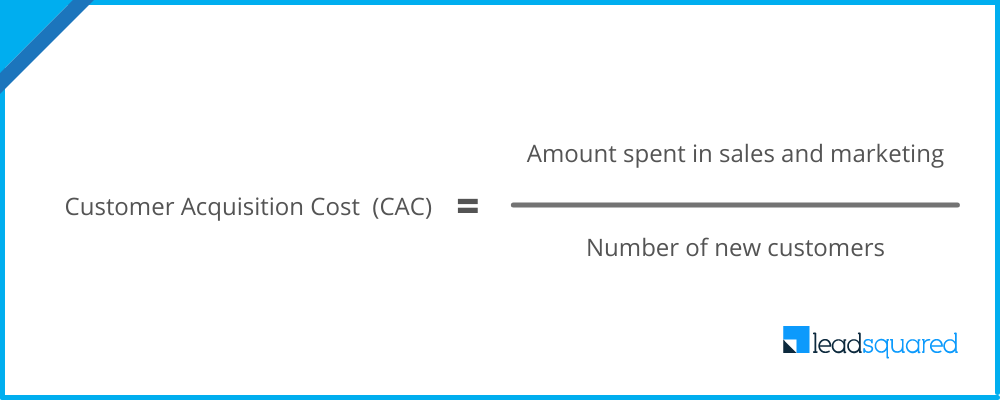
For example, if you spend $1000 on marketing and sales and acquired 1000 customers, your CAC will be $1.00 during this time.
The Bessemer CAC Ratio is mostly applicable to subscription-based products. It tells you how quickly your gross margin covers your new CAC.
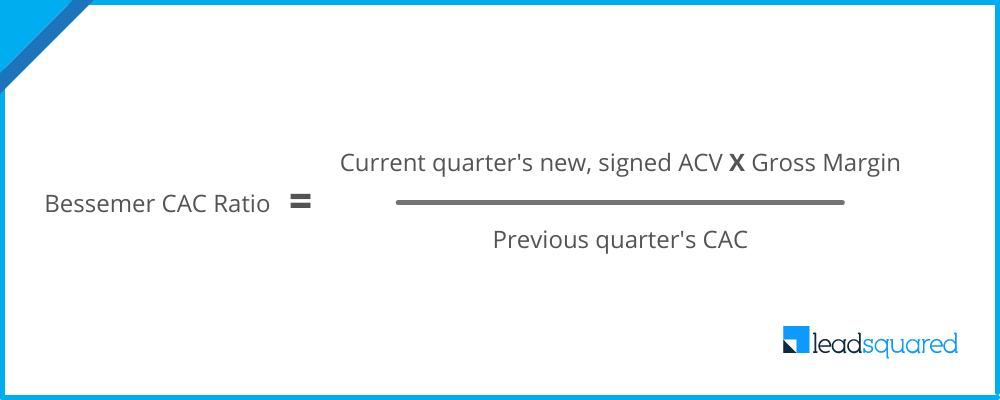
Where, ACV is the annual contract value and Gross margin is a company’s net sales revenue minus its cost of goods sold.
A ratio of means 1.0 shows that you will break even on a customer in one year. Break-even is paying your gross expenses as well as the costs of acquiring new customers.
To measure LTV, you can use the following formula. LTV is the lifetime value of a customer, which should improve per CAC. It signals profitability and your sales and marketing efficiency.
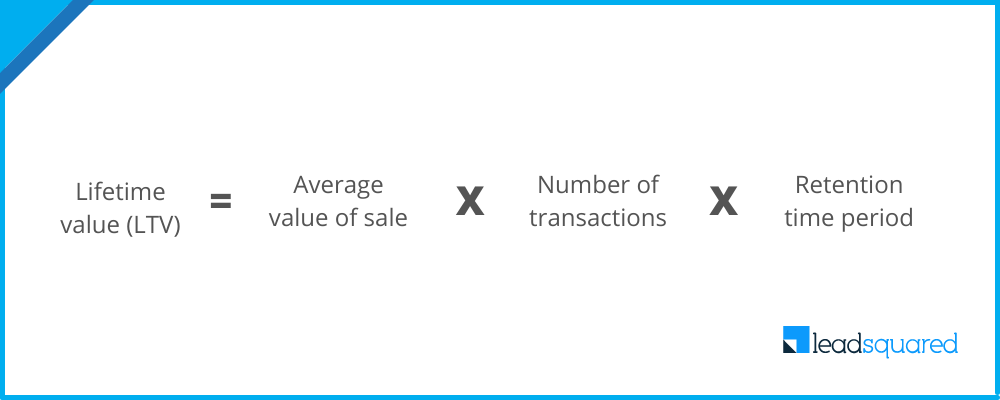
To improve your sales operations, assess the processes you can improve with automation. For instance, LeadSquared’s automation for sales and marketing departments can help you with:
1. Lead Capture and Distribution
To automatically capture and assign leads to the right sales rep. The software segregates them based on our chosen criteria, such as region, language, expertise, and more.
2. Automatic follow-up notifications
To send notifications to sales reps whenever a lead enters the funnel. This way, they can respond to them faster and get higher chances of winning the deal.
3. Lead activity tracking
Activity tracking helps gauge the prospect’s interest in the product/service and prioritize accordingly. By assigning a specific score to a lead, sales reps can focus on the most active ones and reach out to them first.
4. Reports and analytics
Automated reports on every lead’s activities help figure out what method of marketing works best, whether there are any gaps in the sales funnel that need fixing, what your sales reps are doing right and wrong, and so on. There are over a hundred ready-to-use automated reports available in LeadSquared CRM. You might want to take a look at that.
Now, if you look at the core operations, the following metrics can help.
Core operational metrics:
1. Time to onboard a customer
2. Order management cycle time and stages
3. Support costs as % of revenue
4. Cost per order
Next are the supply chain metrics.
Supply chain metrics:
1. Cost to fulfill an order
2. Number of lines auto planned
3. Days of inventory
From a back-office perspective, you can consider the following financial metrics.
Finance metrics:
1. General and Administrative (G&A) cost as % of revenue
2. Days of closing your books (on a monthly/quarterly basis)
3. PSAT or partner satisfaction (vendor satisfaction)
3. Error %
Also, HR metrics are important when you consider overall operations in your organization.
HR metrics:
1. Time to onboard an employee
2. Revenue per FTE
3. Attrition percentage
4. ESAT or Employee satisfaction
Note that depending on the industry, the metrics may vary for organizations.
Next, let’s move on to the Business Model Innovation.
3. Business Model Innovation
The goal here is to identify whether you can leverage digital to create new streams of income. Are you able to generate revenue from new products? Are you able to generate revenue from new channels and partnerships? These are some areas that require measurement in your digital transformation journey.
For this, create a business model that allows innovative products to shine. At the same time, find new ways to increase revenue and decrease time spent working.
In terms of business model innovation, here are some KPIs:
Business Model Innovation KPIs:
Sales model innovation:
1. Revenue from new products, offerings, and services
2. Revenue from new channels
3. Revenue from new partnerships
New product introduction:
1. Rate of new product introduction or the pace of innovation
2. Number of epics, story-points, user stories
3. R&D cost as % of revenue
Design and engineering:
1. Cost of poor quality
2. MTTR (Mean time to repair), MTBF (mean time between failure)
3. Percentage security or performance incidents
Platform:
1. Cloud and mobile readiness
2. Platform elegance
3. Platform agility
4. Platform resilience
5. Technical debt
Putting in a formal KPI program for your digital transformation journey
Most organizations lack a formal method of tracking KPIs – leaving the digital transformation program unattended. The first thing you can do to take a calculative approach in this pursuit is – define the KPIs, or key performance indicators, that matter most for your business. After this, have a crystal clear definition of the KPIs. For example, there can be several nuances when you track even simple metrics such as cost per lead. It will depend on the channel, such as Pay Per Click Ads, sales prospecting methods, customer referrals, or other marketing channels. Therefore, be clear in what you want to measure and how you want to measure. Then, strengthen your business case by establishing:
- A baseline for KPIs – determine the starting point
- Targets using industry benchmarking
- Formal accountability for targets
- Tracking mechanism (review process and automated reporting)
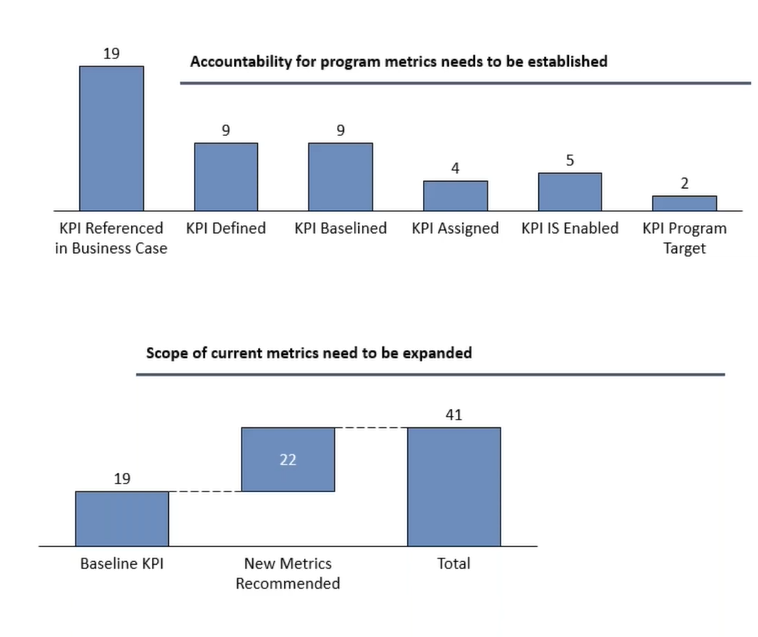
However, manual data collection and reporting on a daily or weekly basis increases the chances of the program failing. That is why you should have an automated reporting mechanism in place when you start digitizing your processes. You should also expand the metrics list influenced by the program design.
If you’re looking for a platform that helps execute high-velocity sales and excels at measurement, reach out to LeadSquared! Not only does the LeadSquared CRM provide you with tools to measure your growth but also helps digitize existing processes.
About Malay:
Malay Shah, former Chief Growth Officer at LeadSquared, has spent about two decades in the management consulting profession working with firms like EY, McKinsey, Infosys, and more. He has strong expertise in planning and executing go-to-market strategies and digital transformation.









![[EdTech Roundtable Episode 1] Exploring New Markets, Strategies, and Learnings 7 LeadSquared EdTech Roundtable](https://www.leadsquared.com/wp-content/uploads/2021/11/edtech-RT-2-without-CTA-80x80.png)